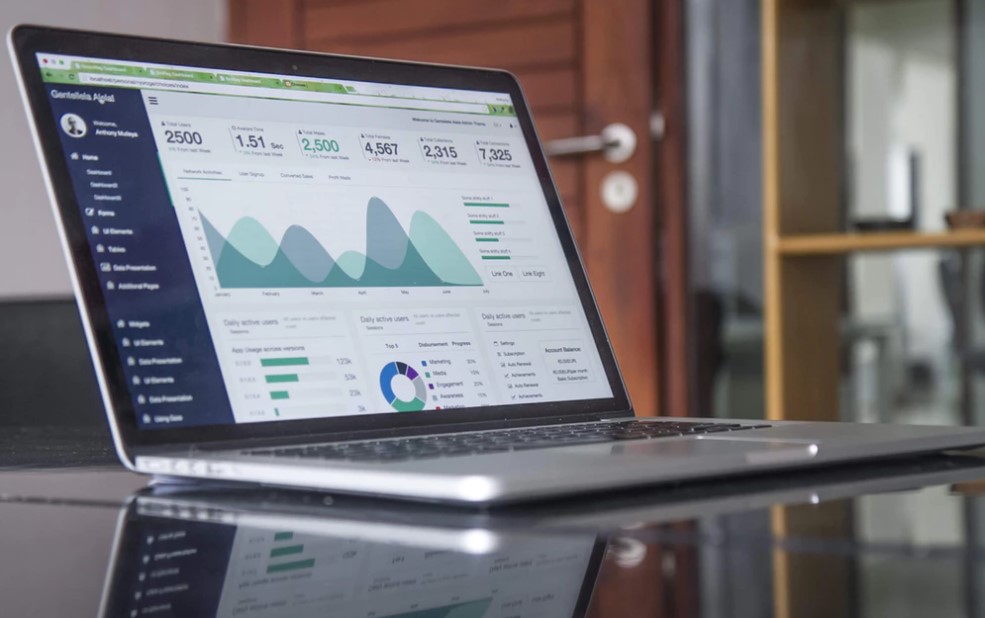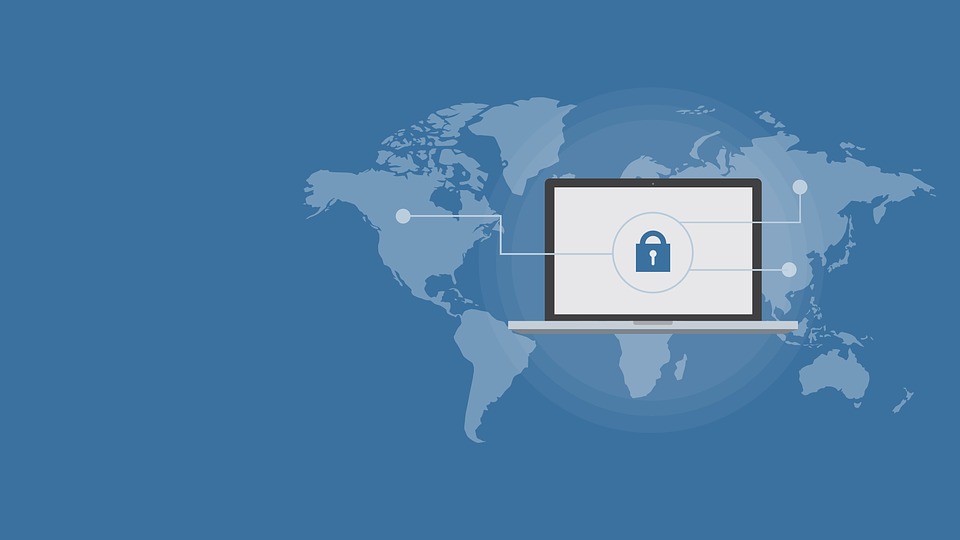
Big and small businesses need to have a plan to deploy a data protection strategy with a CDP backup to secure their valuable business data
Nowadays, every company that operates in the digital world is aware of the potential threats that lurk both offline and online. Protecting business data has become essential for business success.
Whether you’re trying to avoid a natural disaster, such as fire, flood, earthquake, etc. or you’re trying to avoid a cyber attack, you know how important data backups actually are.
The way it works is that you save your business data at a certain point which you can use to recover your system in case something bad happens. Traditionally, system admins would have to schedule backups on a weekly basis, which would become larger and more demanding over time.
In other words, you’re basically amassing data to a point where it becomes unstable and prone to errors. Fortunately, Continuous Data Protection (CDP) can make the entire process more seamless. With that in mind, here are a few benefits of CDP for businesses.
What exactly is CDP?
A CDP is a cost-effective data backup and recovery solution designed to replace or at least provide a more seamless approach to data protection. The only similarity CDP has with incremental or traditional data backups is that it takes an initial snapshot of your system and your data. In other words, it makes a copy of every file, to begin with.
However, after the initial snapshot, CDP only monitors changes made since the backup was made and makes a backup of those changes. This approach provides more benefits, such as less data loss, saving disk space and improved performance, among other things. In addition, CDP provides a Recovery Point Objective (RPO) of zero.
Replace traditional backups
As mentioned before, CDP is a cost-effective solution compared to traditional backups. Traditional backups take a snapshot of the entire system every time there’s a scheduled backup in place, usually every weekend. The fact that traditional backup takes a snapshot means that backup files are only going to get larger each time.
That means that you’ll need more and more external hard drives to store your backups on. In addition, backups themselves are going to get slower over time until the point where a single backup may take an entire week to perform. On the other hand, CDP won’t take nearly as much space while it maintains the same speed and performance of both data backup and recovery, which can serve as a replacement for the traditional approach. In the long run, your business gets to save a lot of money on data protection.
On-site and off-site backup
Based on your data backup and recovery strategy, CDP can work both on-site and off-site. If you choose to implement an in-house solution you can leverage CDP to make data backups on a dedicated server or external hard drives. However, your data is still at risk of natural disasters or potential physical data breaches and thefts. On the other hand, CDP can also be used to store data backups off-site.
That said, you can consult with reliable private cloud providers to determine if they can help you out with your data protection solution. Storing data off-site ensures an additional level of protection from natural, physical and online harm. In addition, data stored on the cloud has its own cybersecurity measures as well. Therefore, CDP allows businesses to opt for a method that suits their organizational needs the best way possible.

Improved server performance
When considering snapshots of an entire system within an organization and the amount of data that requires a backup, you can experience a major server performance decrease when conducting backup or data recovery. This can hurt business operations due to unnecessary delays and a decrease in response times. However, CDP doesn’t require that much hardware support to backup or recover data, which means server performance won’t be hindered in any way.
Simply put, you won’t have to schedule backups during the weekends when everyone is at home. Instead, you can run backups throughout the work week and no one will notice it in the slightest. This allows you to plan out your backup strategy while also helping you minimize and mitigate the risks of data loss during either a backup or recovery.
Reliable data recovery
Sooner or later, a disaster may strike and you’ll experience data loss ranging from trivial to mission critical. Whether it is a cyber-attack or a system failure, any data loss can result in business failure if you’re not properly prepared. Fortunately, that’s what data backup is for. However, how reliable data recovery will be depends on when the last backup occurred.
For traditional data backup that can mean restoring the system as far as a few weeks back prior to a disaster. That means significant data loss. However, with CDP you can restore the system to the moment before the disaster occurred, resulting in minimal data loss or none at all. From a business point of view, minimizing data loss is always a better alternative to a crisis management scenario.
A CDP solution provides a more seamless and more reliable approach to data backup and recovery than traditional methods. The fact of the matter is that sooner or later, traditional approaches are bound to become obsolete. Fortunately enough, technology always finds a way to provide businesses with an improved approach.



